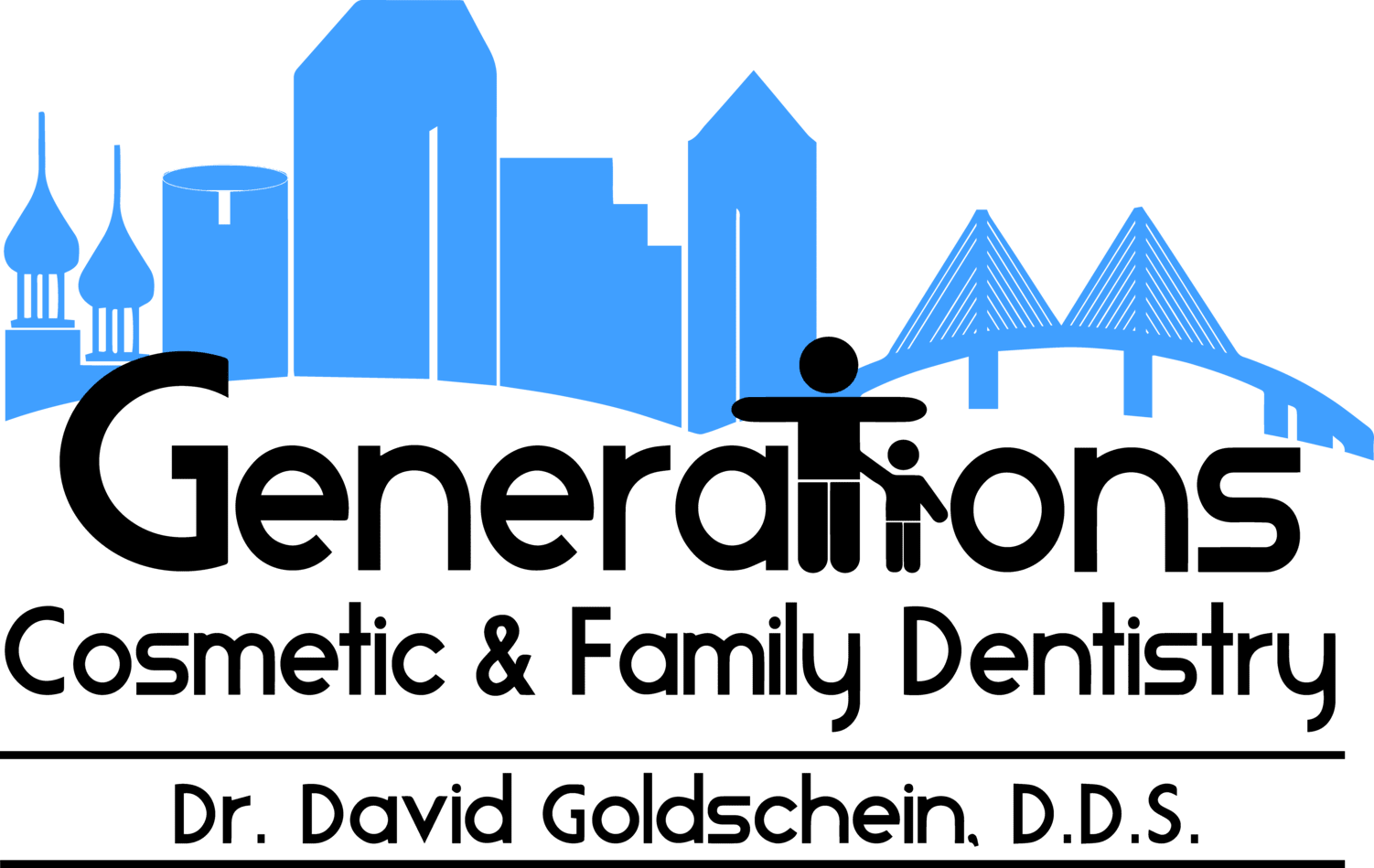Why Do You Have Stained and Discolored Teeth?
How you feel about your teeth impacts how often you smile. If you feel embarrassed about stains on your teeth, you might find yourself smiling less frequently. The way our patients' feel about their smiles matters greatly to us. A common issue we often address at our dental practice is tooth discoloration, which can range from subtle yellowing to pronounced shades of brown or gray, all of which impact your confidence and willingness to smile. Our experienced dentist will speak with you during your consultation to see which treatment option may be right for you.
Stained teeth refer to teeth that have changed in color from their natural shade, due to various external or internal factors. This discoloration can manifest as yellow, brown, or gray. Stains can occur on the surface of the tooth (extrinsic stains) or within the tooth structure itself (intrinsic stains).
Extrinsic Stains
- Surface Stains | These are caused by external factors that often affect the outer layer of the tooth (enamel). Common causes include the consumption of pigmented foods and drinks such as coffee, tea, red wine, berries, tomato-based sauces, and certain spices. Smoking or using tobacco products can also lead to extrinsic stains due to tar and nicotine.
- Poor Oral Hygiene | Inadequate flossing and brushing can result in the accumulation of plaque on your teeth. Plaque, when not removed regularly, can harden into tartar, which can cause surface discoloration that contributes to staining.
Intrinsic Stains
- Medication | Some medications, particularly certain antibiotics such as tetracycline, when taken during childhood, can cause intrinsic stains. These stains occur within the tooth's structure, making the stains more challenging to remove through regular cleaning.
- Trauma or Injury | Physical trauma to a tooth, such as a fall or impact, can cause intrinsic discoloration. This is because the tooth may react to the injury by laying down more dentin (the inner layer of the tooth beneath the enamel), which can darken the color of the tooth.
- Aging | Over time, the enamel of our teeth can wear away, revealing more of the yellowish dentin underneath. This natural process makes teeth appear more stained or discolored as we age.
Prevention and Treatment For Stained Teeth
Preventing stained teeth involves maintaining good oral hygiene practices, regular dental check-ups, and minimizing the consumption of staining foods and beverages. Professional dental cleanings can help remove surface stains, but if the stains on your teeth are deeper, treatments such as whitening, veneers (thin shells placed over the front of teeth), or crowns (caps that cover the entire tooth) may be recommended by our dentist to improve your tooth color.
Maintaining a bright, healthy smile involves a combination of proactive measures and professional guidance to prevent and address stained teeth effectively. Understanding the specific cause and type of staining is vital for determining the most suitable treatment plan. Consulting our dentist allows us to create a personalized assessment and recommendation based on your individual needs for any current stains you have on your teeth and to help prevent future staining.
We are the local Tampa dentist near you!
It’s Your Smile, Let Us Help You Make It Your Best
Request A Dental Appointment
We look forward to seeing you soon! Please note, we will do our best to accommodate your schedule. You can reach us on (813) 251-5740 or complete the form below.
We ask that you arrive to your appointment 15-minutes early.
Thank you so much for contacting our dental practice. While we strive to respond to all inquiries right away, we may be away from the desk helping a patient or out of the office. We will do our best to reach back to you shortly.
Please note, if this is a dental emergency, it would be best to call our practice as this is the fastest way to reach us (813) 251-5740.
Please try again later
Tampa Dentist
We understand that trying to find a nearby dentist you can trust is difficult, that is why we make it easy for you to work with us.
(813) 251-5740
2333 W Cypress St, Tampa, FL, 33609
info@gendentistry.com
Helpful Links
Dental Practice Hours
- Monday
- -
- Tuesday
- -
- Wednesday
- -
- Thursday
- -
- Friday
- -
- Saturday
- Closed
- Sunday
- Closed
All Rights Reserved | Generations Cosmetic and Family Dentistry
All Rights Reserved | Generations Cosmetic and Family Dentistry
Dentist Website Diagnosed, Treated, and Cured by Dr. Marketing Inc
